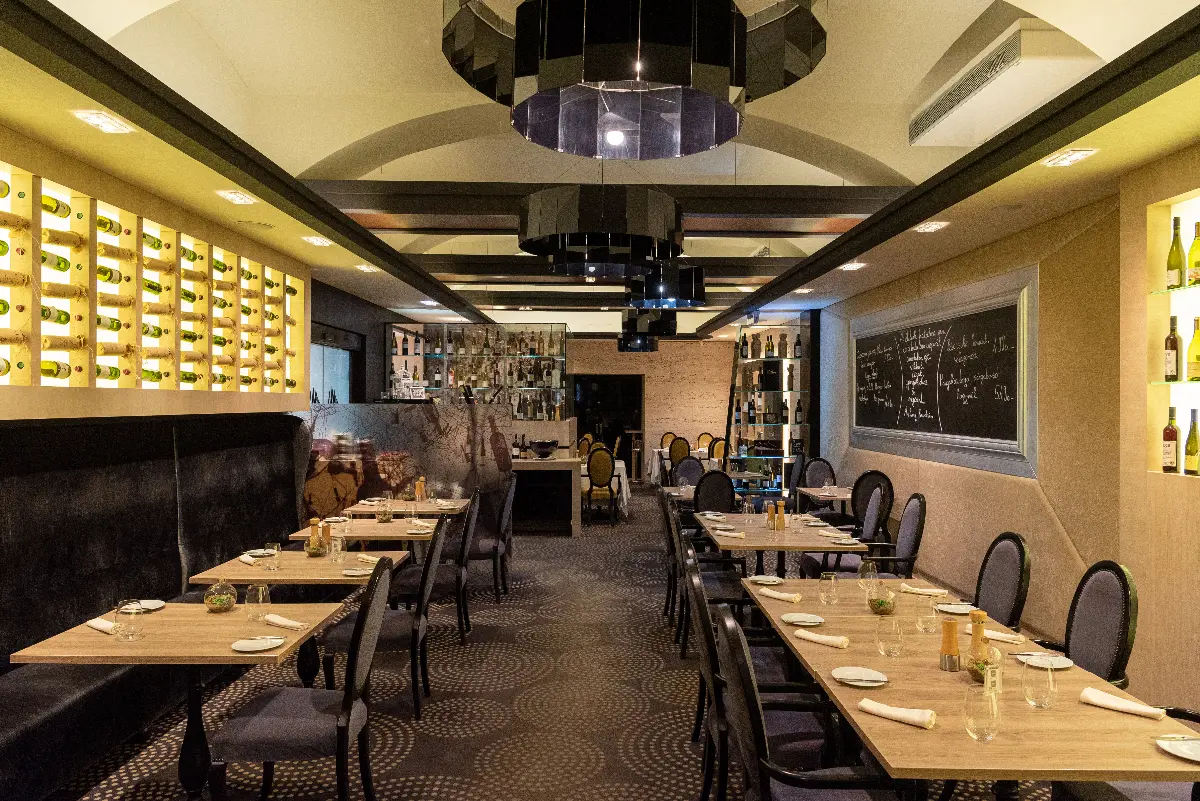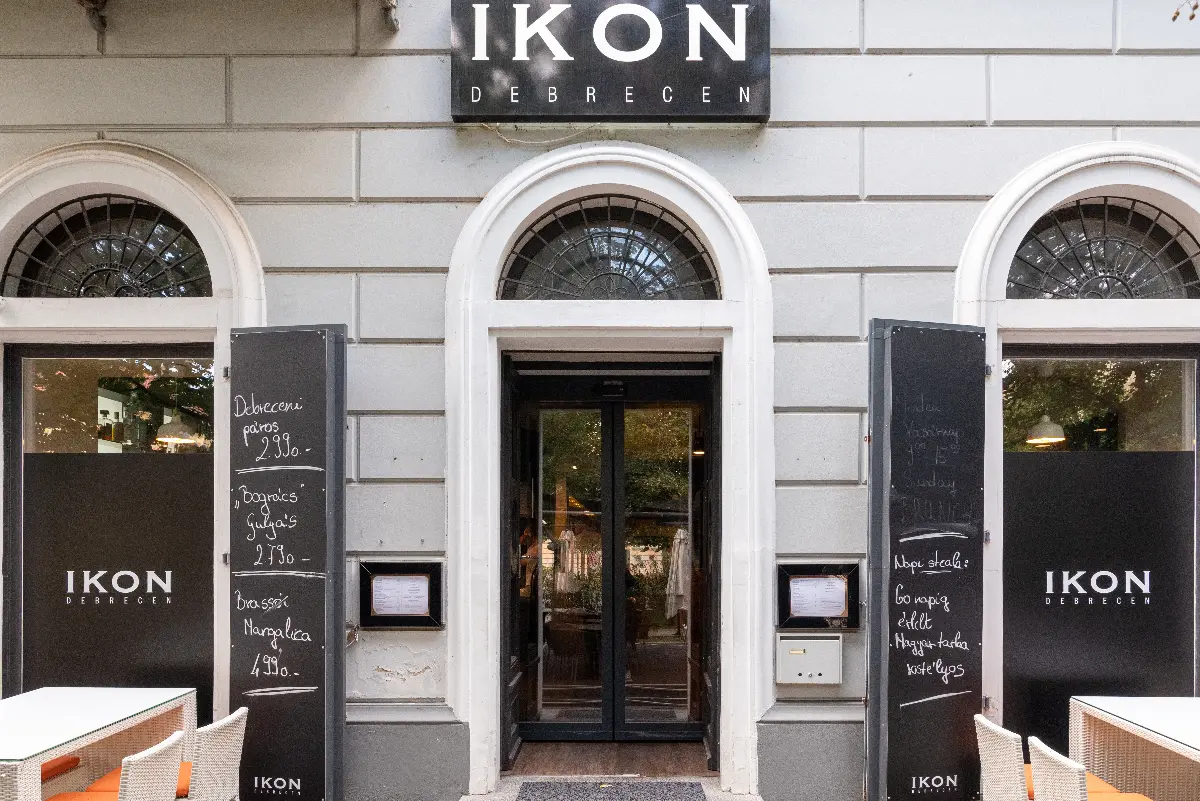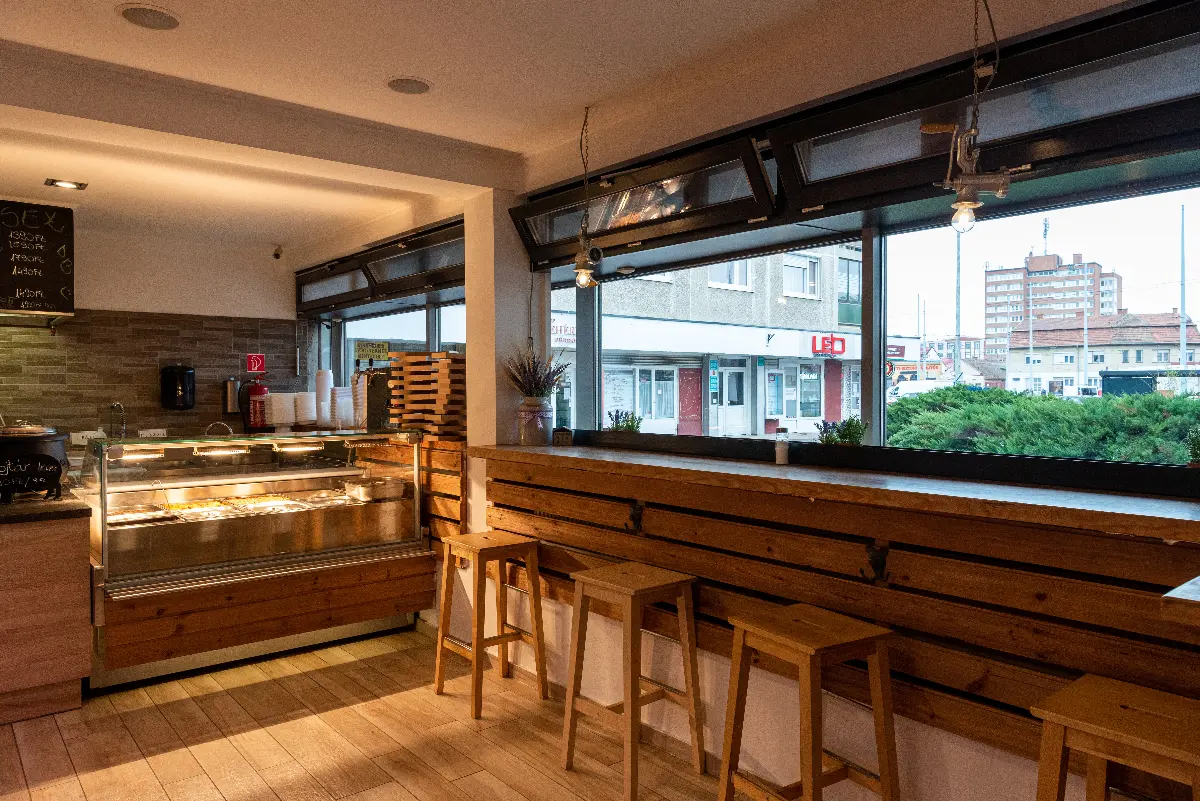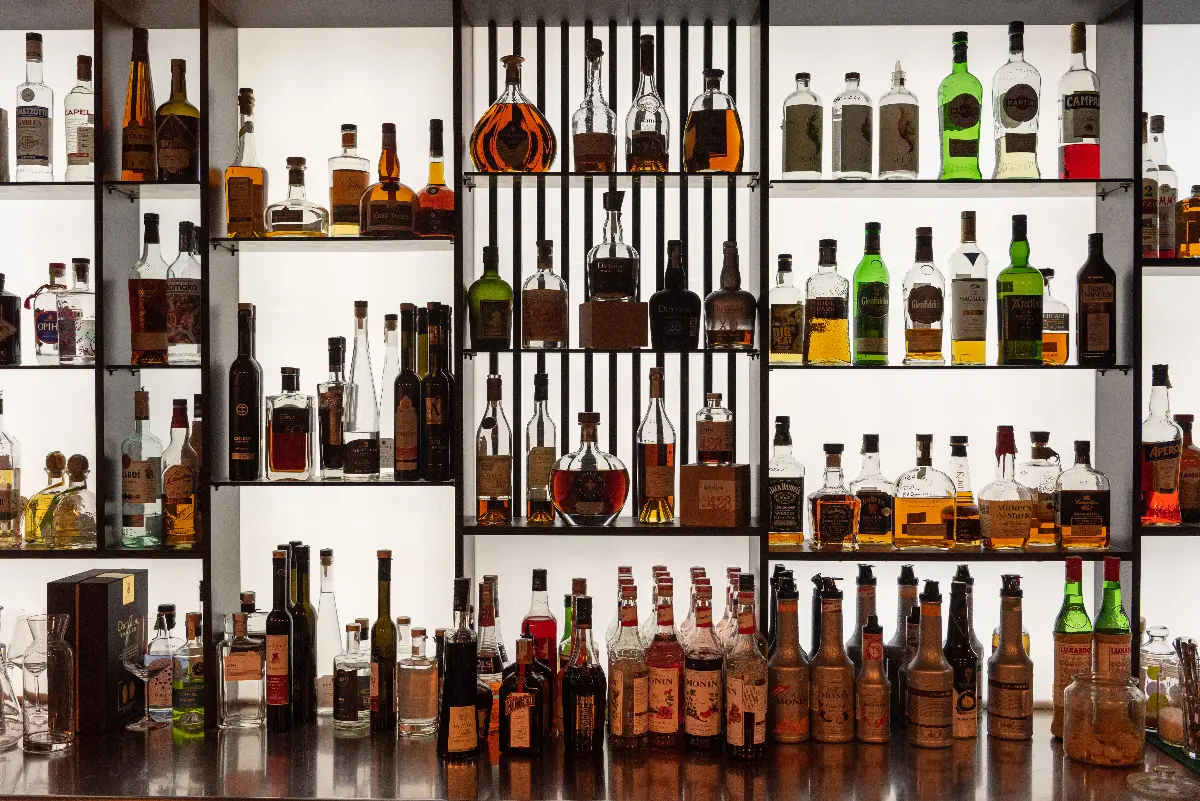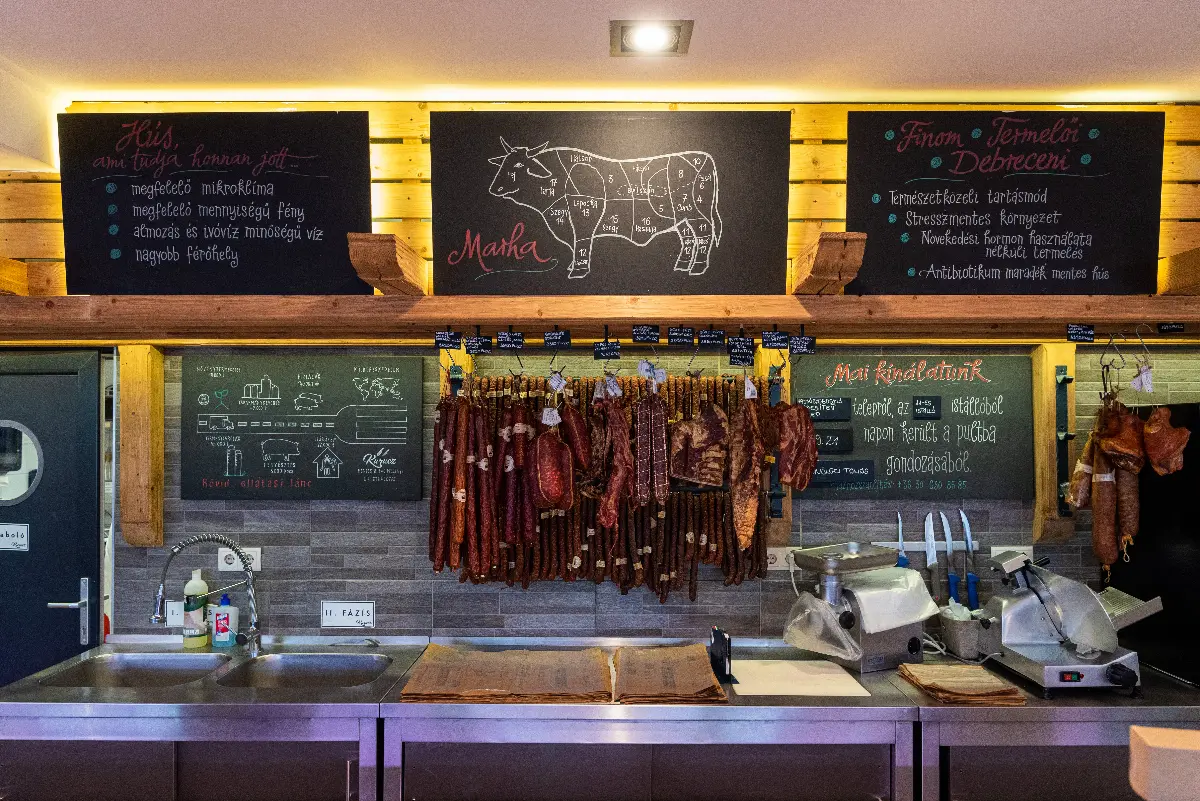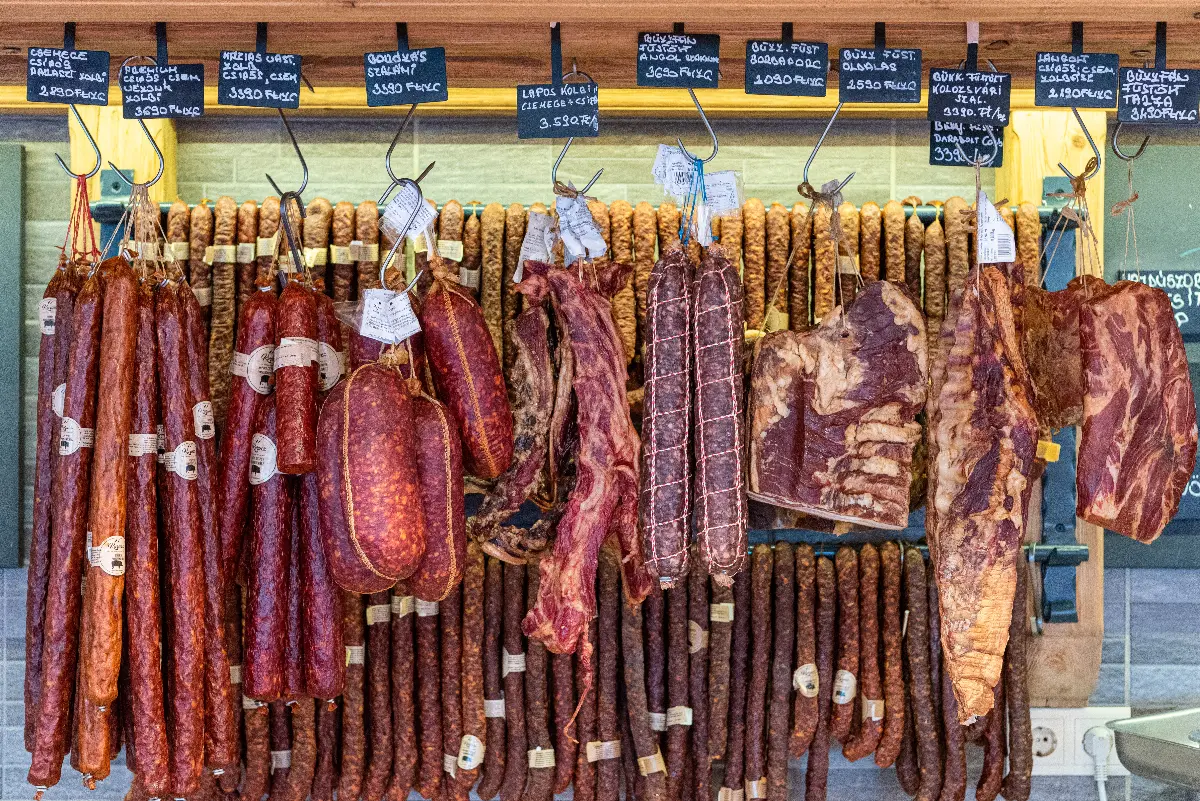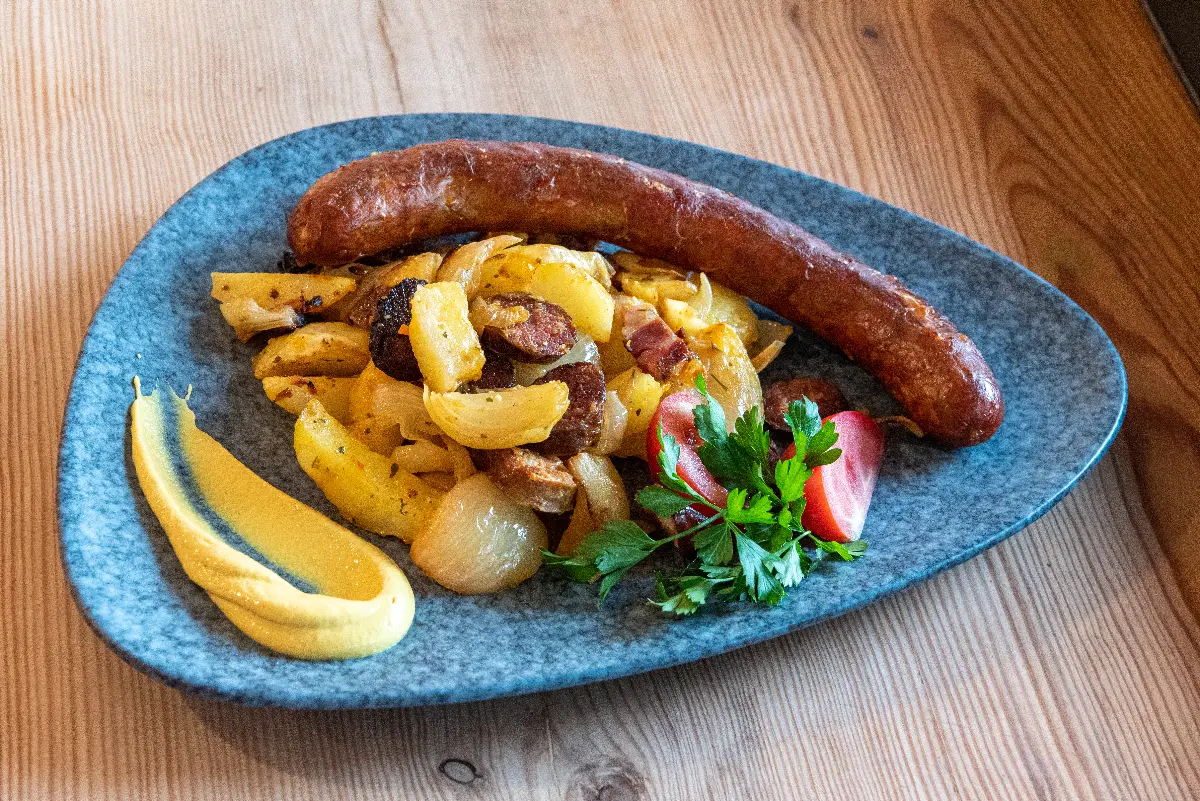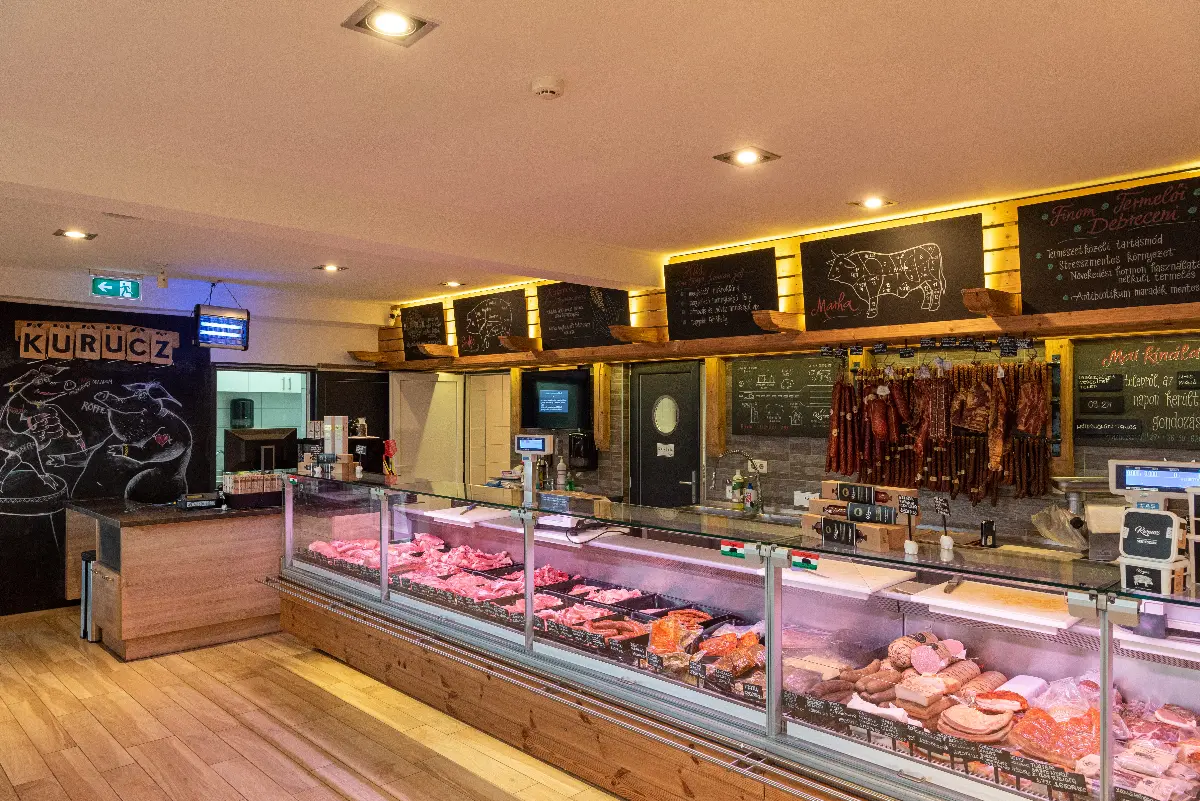
Helyszín címkék:
“Debrecziner anzix” (Postcard from Debrecen)
Jászberényi Attila
It's true that for a while we forgot about the “Debrecen pároskolbász” (pork sausage of uniform fine texture and reddish-orange colour, named after the Hungarian city of Debrecen) among more fashionable street foods. Now, a renaissance has begun for the secret sausage of the former Debrecen meat factory, made only according to a recipe which was never written down and is known only to the former chefs. The founder-owners of the “Ikon étterem” (Icon restaurant), which opened in 2012, were the saviours in the revival: they added the “debreceni páros” to their fine dining menu, and even created a Debrecziner street food network and although it has died out the annual gastronomic festival they also launched, the Debrecziner Gourmet Festival, will never bear another name.
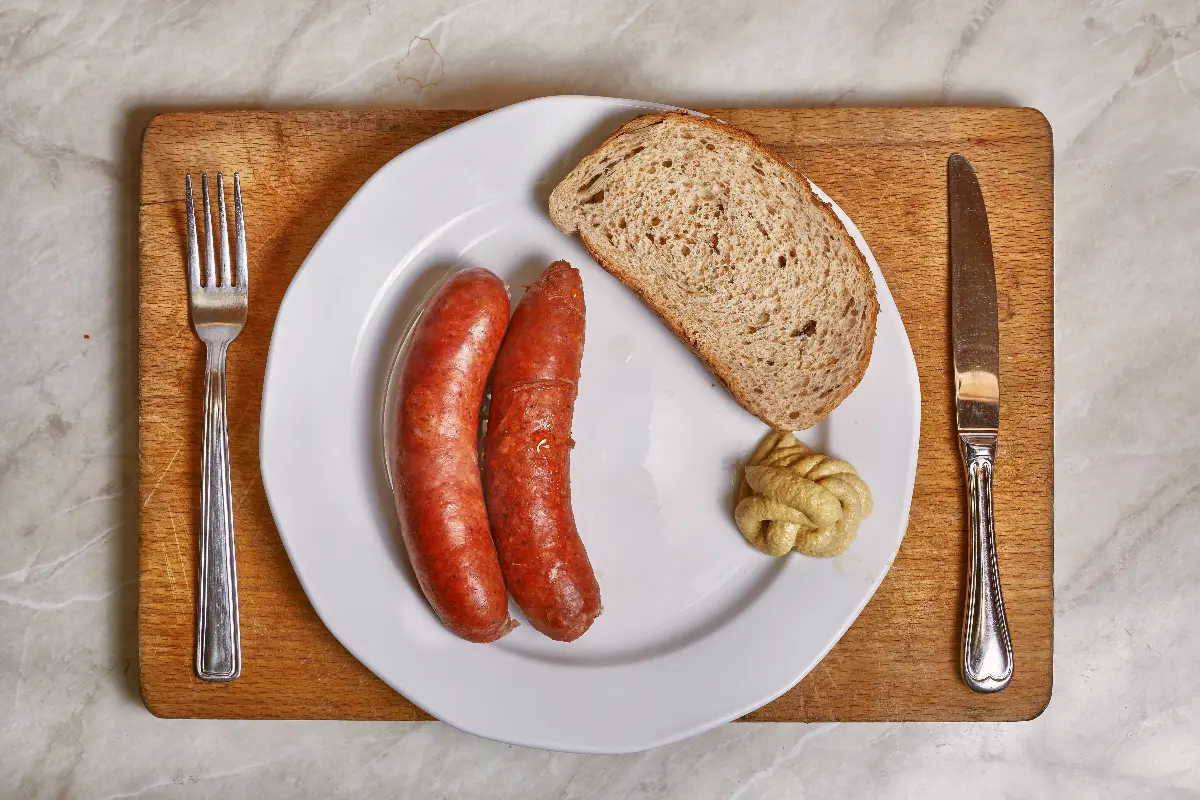
OK, but what does “debreceni” mean?
Originally a typical fair food, it was typically sold by the wives of the “cívis” (talented, wealthy, prosperous farmers from Debrecen) Its fame was brought to the world by German traders (and Armenians to Anatolia), making it one of the most famous dishes in the world named after a city (after burgers). Nowadays, after finally being designated a Hungaricum, its revival in gastronomic quality is certified by the local signatories of the “Debreceni Páros Kolbász” Codex. The following ingredients are codified according to the raw material: the traditional version is made from 100 per cent beef, though in the kosher version it can be made from a mixture of beef cuts or beef and lamb. The standard variant can be comprised of roughly 30 per cent beef and 70 per cent pork or Mangalitsa meat, while the premium variant contains 100 per cent pork meat. The standard diameter is 30-32 mm, and length 120-140 mm. The method of preparation is similarly strictly regulated on the one hand, while on the other hand, it gives the butchers and chefs a completely free hand. The most important rule is that ingredients must not be minced, they can only be cut with a knife. The seasoning (salt, pepper, cumin, garlic, sweet red pepper) is regulated, but it should be interpreted in individual and secret proportions, as creative freedom, while the smoking should be mild.
Dates with the “debreceni páros”
Ikon (Icon)
30 per cent Hungarian Grey Cattle and 70 per cent Mangalitsa from the Kövér farm. They swear by frying because that's how they get them crispy on the outside and marbled and buttery on the inside. You can also taste the Hungarian sweet red pepper and garlic from the south of Hungary. Strictly with horseradish from the Hungarian horseradish capital, Létavértes, and its own honey-seeded mustard, served on a wooden platter.
“Barabás Étterem” (Barabás Restaurant)
It is a multiple festival winner and has its own intellectual property. It is made and smoked in Balmazújváros over acacia and beech wood and is not steamed but baked. It has a mosaic texture and is juicy and succulent on the inside. Crunchy and juicy when you take a bite. According to Barabás,
if it doesn't drip all over you, it's not really debreceni.
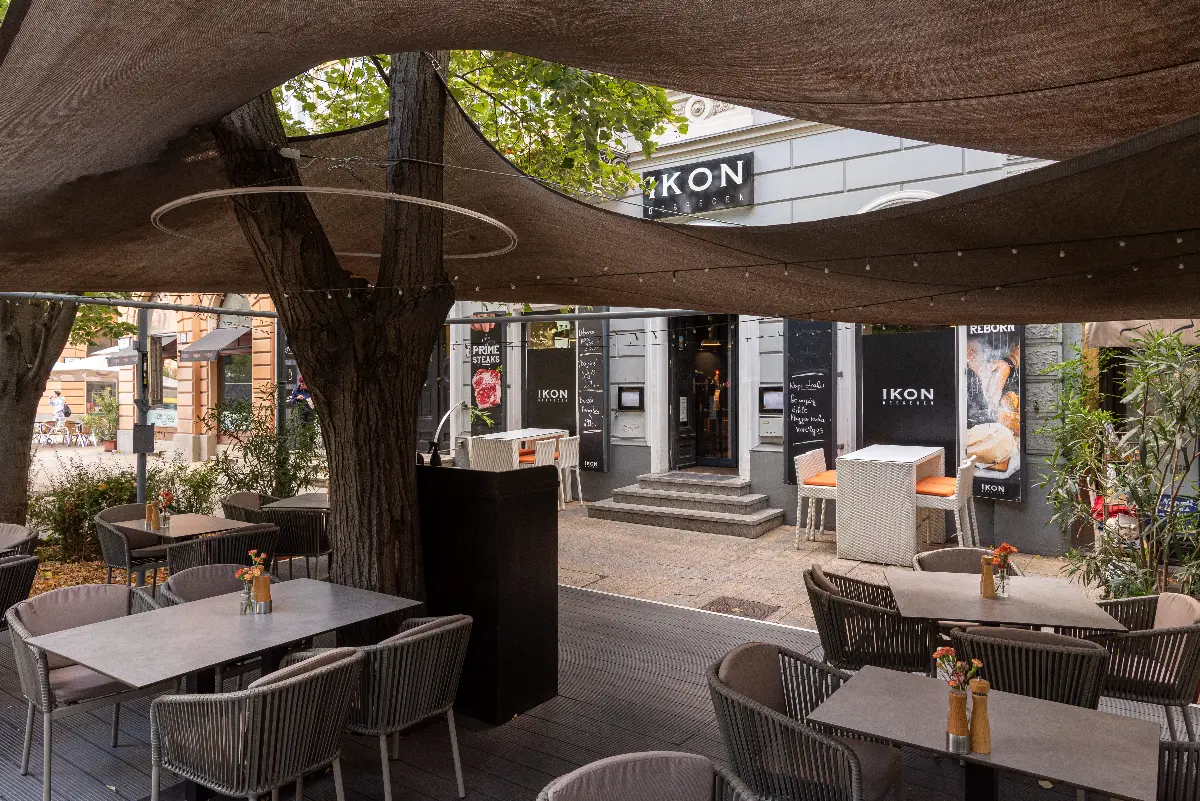
“Kurucz Hentes és Lacipecsenye” (Kurucz Butcher and “Lacipecsenye”)
This gastro “Laci's kitchen” (a poor, cheap, inferior eatery) is a worthy descendant of the former butcher's shops where you could also eat (lacipecsenye: slab of pork steak fried in homemade lard). The composition of their Debreceni, is not public, in fact it is kept as an ancient family secret. Not dry but fragrantly spicy and pleasantly hot. It is rich in fat and crunchy, and its juice can be dunked with half-wholewheat bread.
“Kurucz Hús és Bisztró” (Kurucz Meat and Bistro)
It's very stylish, very trendy, but when you walk in you're not greeted by a new wave burger place, but a selection of pork and Hungarian sausage. Prepared using modern cooking techniques, the duo is like stepping out of the codex, braised and roasted, crisp and succulent, the 100% pork base is silky but distinctively-textured, harkening back to the best years of “lecsókolbász” (It is a heavy meat product containing pork, bacon, water, pork rind, cooking salt, starch, soya flour, spices, flavour enhancers and aromas).
Note: Even the locals are easily confused by the coincidence of the meat industry-world-history that two families, who are only related to each other by name, are contributing to Debrecen’s history. As both run eat-on-the-spot style butcher shops, led by the “debreceni páros”.
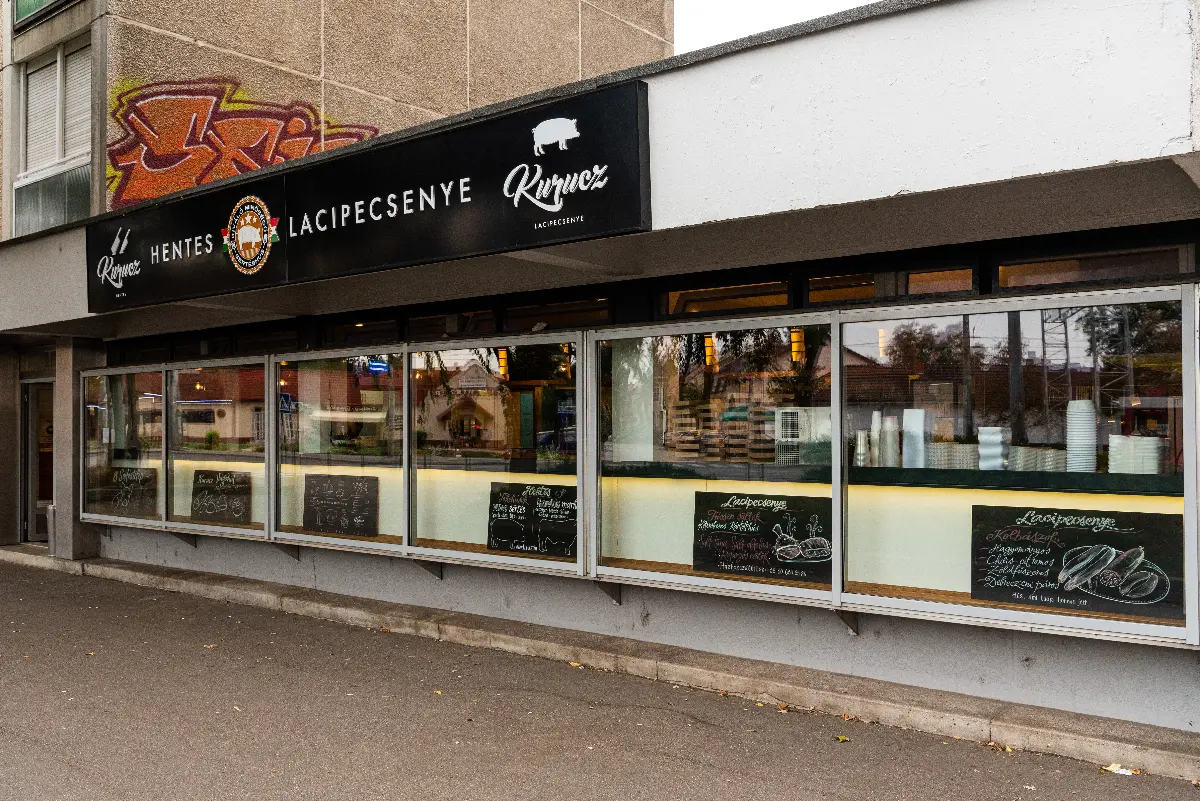
“Rózsa piaci falatozó” (Buffet in Rose market)
This buffet, open for thirty years, is a must-visit for “debreceni”. Attila Rózsa’s “debreceni” is a small-scale, all-pork, slightly hot variant. "Nothing will ever be the same as it was in the meat industry," he says, "but we'll make the best of it." It's “Lacikonyha” (see above) version, "I put it in the oven cut in the same way I put the other stuff in the sausage fat", this is not the splattering method, crispy is more like it.
“Egri borozó” (Eger Wine Bar)
István Kovács, owner and wine-loving gallerist, and butcher by trade, spent a long time searching for the perfect “debrecziner”. And he shares what he has found: here on a red-and-white-checkered tablecloth, is served up “debreceni” that is one-third beef and two-thirds pork. They are served simmered in water, crisp but not too juicy. The bread used is strictly sourdough, from a nearby kosher bakery.
“Deszka” (Board)
The grand prize winner at last year's Debrecziner Gourmet Festival is not usually available, as Józsa does not have it on the menu and only serves it at fairs. Beef and pork in a mixture that’s as crisp as a grape, as crumbly as shortbread, as fragrant as a barbecue and as spicy as a winter dream.
